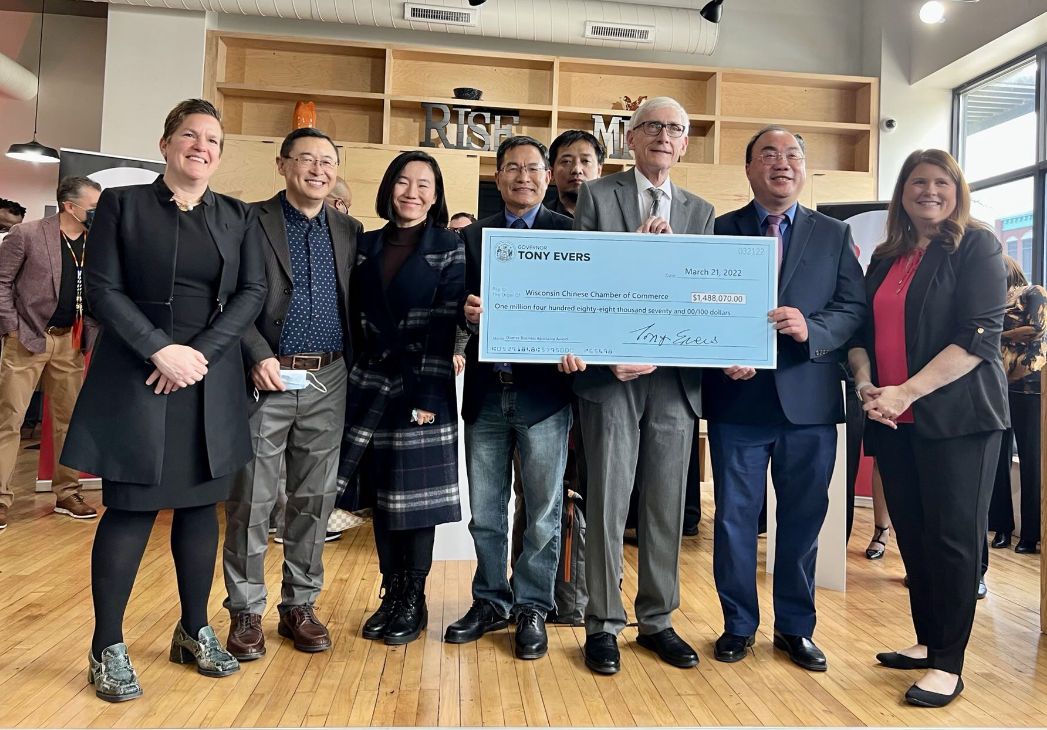
Vacuum kiln in action at Northcentral Technical College
Wisconsin companies and students alike will be able to benefit from the addition of a new cutting-edge kiln at Northcentral Technical College’s (NTC’s) Wood Technology Center of Excellence in Antigo, thanks in part to a grant from WEDC.
WEDC awarded $40,000 in Targeted Industry Program (TIP) funding to help NTC acquire a VacuPress Technology dry kiln that will be used to dry wood more quickly than conventional drying techniques.
The kiln will be used to develop and test a wide variety of drying practices for different species, thicknesses and pro-cuts as part of NTC’s wood technology curriculum, and will be open to companies in Wisconsin’s forest products industry for use at cost. In addition, the kiln will provide students with practical experience in working with different types of wood, and students will also have a chance to work with the companies that use the kiln, providing a further opportunity to learn about the forest products industry.
“With limited availability of third-party research on press drying technology, we plan to provide our industry with up-to-date analysis and opportunity to compare this technology with conventional drying techniques,” says Travis Allen, a wood science instructor at NTC. “We are excited to make this technology available to our industry partners because this research opportunity allows companies to assess and experience the vacuum drying technology before investing in their own unit.”
Vacuum drying uses a vacuum to create a pressure gradient between the surface and the core of the wood, whereas conventional drying relies on moisture gradients between the surface and core, with the wood drying as water moves from the wetter core toward the drier surface. This can be a slow process since the operator must be careful not to over-dry the shell, which degrades the wood quality.
Because of the way it works—vacuum drying works more quickly by maintaining a small differential between moisture levels in the shell and the core throughout the drying period—this method is often used for high-value species or large-dimension lumber.
Grant funding for the vacuum kiln was also provided by the Wisconsin Department of Natural Resources and the Great Lakes Kiln Drying Association.






